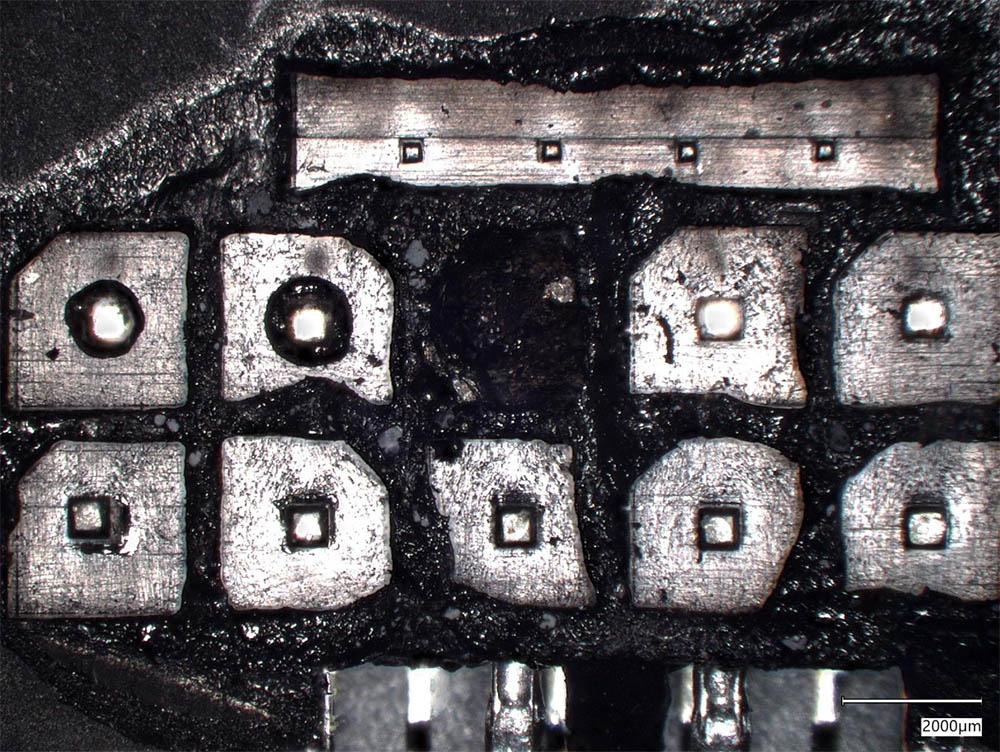- The new 12V-2×6 cable still faces overheating issues, similar to the 12VHPWR, due to fluctuating current from GPU voltage converters.
- The fluctuating current causes thermal failure and higher resistance at the cable’s contact point, raising temperatures and reducing stability.
- Testing revealed an imbalance between the cables, connectors, and power supply, affecting GPU stability and life.
In just a few weeks since the RTX 5090 was released, we’ve already seen a scenario with burned graphics cards similar to the RTX 4090.
Although there have been a few instances, it should be noted that compared to the previous generation, very few graphics cards have been sold, so the likelihood of it occurring is significantly higher.
Why it matters: The fluctuating current can lead to overheating and potential damage to the graphics card, shortening its lifespan and affecting performance.
The “renewed” 12V-2×6 cables, which were supposed to be the solution to the 12VHPWR issue, are the most affected. We’ve already seen examinations of cable degradation by Der8auer, Buildzoid, and others. Now, let’s see what Igor’s Lab thinks.
According to Igor’s Lab, the RTX 50 cables’ contact area overheating could be caused by a mechanical issue, and the cable itself could also be at fault. As we can see, he has already analyzed similar issues with the RTX 4090, and the 12V-2×6 cable hasn’t made a significant difference.
Igor also points out that the GPU voltage converters produce a fluctuating (pulsed) current rather than a steady direct voltage. Capacitors and filters are used to try to create a continuous voltage that is as stable as possible.
He also believes that NVIDIA’s efforts to reduce the size of its graphics cards have resulted in a lack of a suitable filter system to manage these peaks, which has an impact on its stability and life.
Furthermore, a pulsating current might result in thermal failure and an increase in resistance at the cables’ point of contact. The reason for this is that high-frequency currents flow across the conductors’ surface, reducing their effective area and raising their density, which raises the temperature.
Finally, Igor tested both the MSI RTX 5090 SUPRIM and the RTX 5090 Founders Edition to confirm that there are minor balancing concerns between the cables and that changing cables did not result in a significant imbalance.
According to Igor’s conclusion, this imbalance is a combination of the cables themselves, the graphics card connectors, and the power supply.
Thank you! Please share your positive feedback. 🔋
How could we improve this post? Please Help us. 😔
[News Reporter]
Malik Usman is student of Computer Science focused on using his knowledge to produce detailed and informative articles covering the latest findings from the tech industry. His expertise allows him to cover subjects like processors, graphics cards, and more. In addition to the latest hardware, Malik can be found writing about the gaming industry from time to time. He is fond of games like God of War, and his work has been mentioned on websites like Whatculture, VG247, IGN, and Eurogamer.


 Threads
Threads



